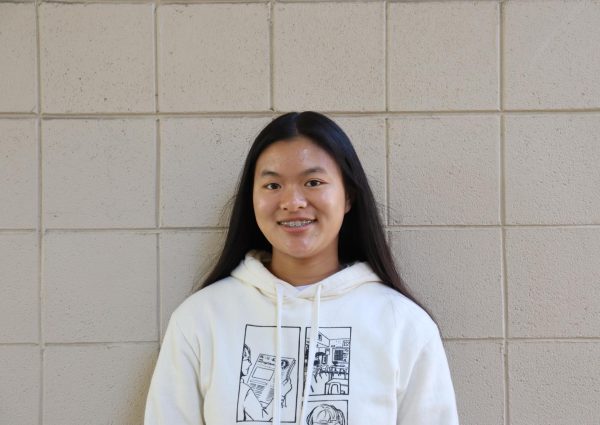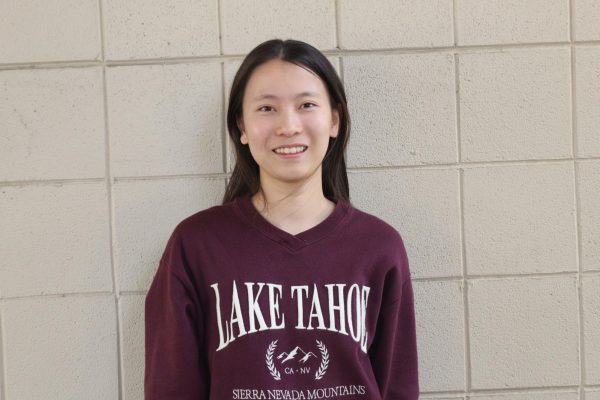The fall has been a busy season for the school’s six VEX robotics teams, who have participated in two tournaments and now have one team 95071X, qualified to compete in the state championship.
At their second VEX tournament, hosted in the school gym on Oct. 8, the best among Saratoga’s six teams, 95071X, finished seventh out of 32 teams in their qualification matches. The team was eliminated after they lost against the first seed alliance, which consisted of the No. 3 and No. 1 teams at the tournament.
Later that month, the First Robotics Competition (FRC) team attended the CapCityClassic, an offseason competition hosted at Pleasant Grove High School from Oct. 28-29. They advanced to the 4th of six elimination matches in the competition.
VEX hosts tournament to fundraise for materials and future competitions
Despite this being their second year hosting tournaments at the school, the program successfully organized the logistics of the event through early and careful planning starting in August.
Thirty-two high school and middle school teams from the Bay Area attended this competition.
The team also invited food trucks to the event and ran concession stands, which is rarely seen at most competitions. Sophomore Katherine Zeng said that event ran “much smoother” than other VEX events, which she attributed to the work of student and parent volunteers, as well as the support from VEX’s sister teams at Redwood Middle School.
“Students can volunteer and set up together, and I think it’s really fun working with the middle schoolers and building that connection,” Zeng said.
The tournament raised over $5,000 to finance material purchases and tournament registration fees in the future. As the hosting teams, the VEX teams were also granted discounts to purchase game elements and field parts, and they collected registration fees of around $150 per team in attendance.
FRC competition at the CapCityClassic:
At the CapCityClassic tournament, the FRC robotics team was presented the Excellence in Engineering award for their ability to demonstrate a professional approach to the design process, including being able to detail the ambitious designs and practical implementations of their robot’s various mechanisms.
On the first day of the competition, they won two of the five qualification matches played, placing them in 7th place out of the 42 teams.
On the second day, the team pushed through three more matches that would determine the teams that get priority during alliance selection, which then determines elimination brackets. After concluding the qualification matches in 10th place, they declined two alliance offers from higher-ranked teams in order to compete as an alliance captain, which allowed them to have full control over their choice of alliance partners. As the alliance captain, the team ended up allying with 5924 Golden Gate Robotics, 2551 Penguin Empire and 4135 Iron Patriots.
On the third day, alliances competed against each other once again. However, the team was eliminated before their semifinals round.
One issue the team encountered at this competition was the shortage of members needed to gather scouting data about other teams’ robots and strategies. Normally, the 49-member team would have around 30 in attendance over the two days of match play, but since the venue was over two hours away, they averaged just 6 to 10 people scouting at a time.
“Our scouting data was pretty limited because we had significantly less people than we normally have. As a result, we had to go based on what we knew [before the competition],” junior Sameera Kapur said.
For new members, the tournament helped them familiarize with the pre-competition preparations. Sophomore Cohen Lu participated as the gunner on the drive team, manipulating the depositing mechanism.
“I think [the competition] went well,” Kapur said. “It was definitely a learning experience for what we need to do better in the future.”






























